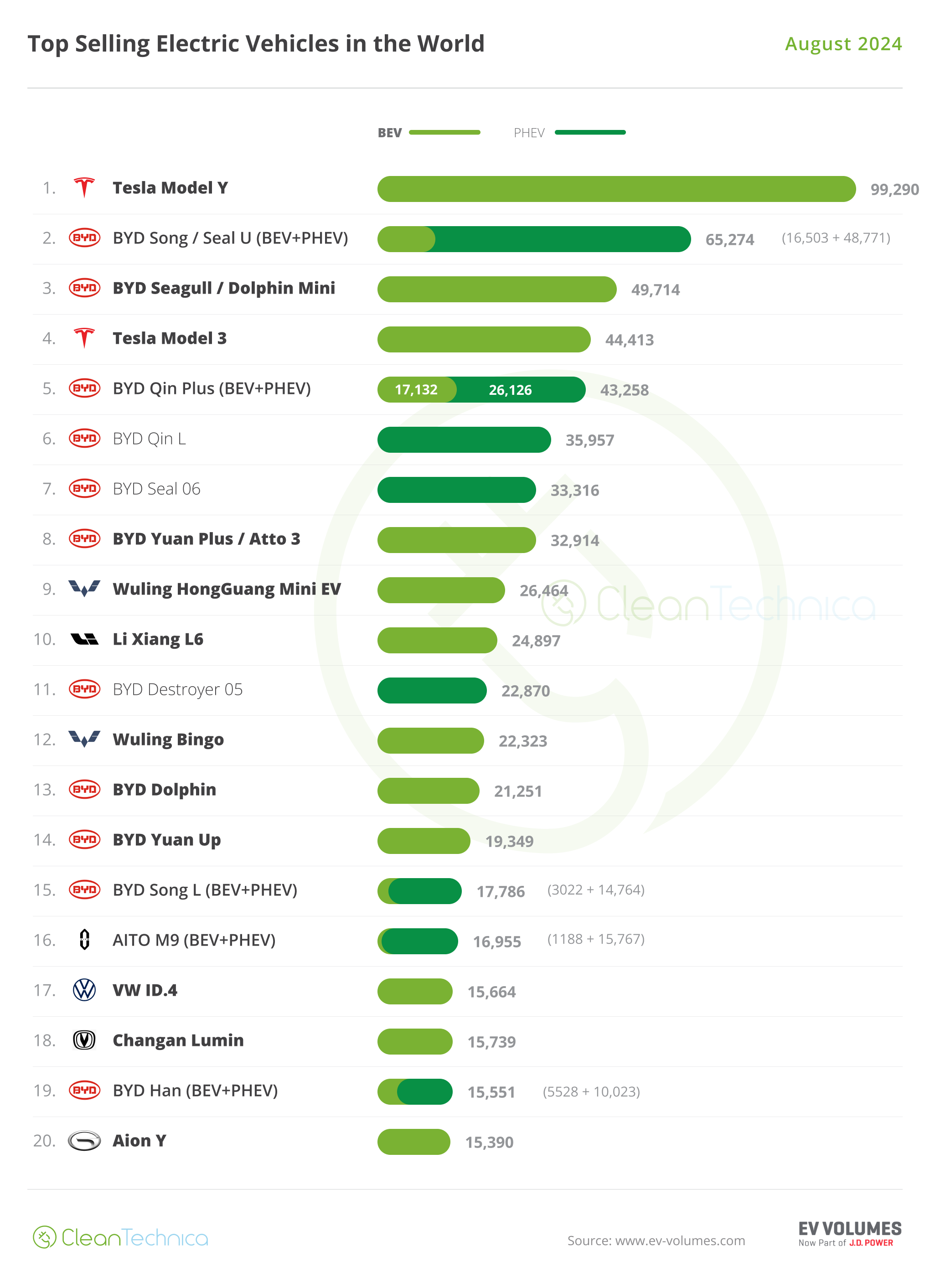Meeting Water Demand Challenges:
DUBLIN–(BUSINESS WIRE)–The “Seawater and Brackish Water Desalination” report has been added to ResearchAndMarkets.com’s offering.
The need for sustainable sources of water is becoming increasingly evident in the face of growing populations and rising demands in agriculture and energy sectors. Population growth is a key factor driving water demand, and it is estimated that over half of the world’s population will reside in water-stressed regions by 2050, as reported by the Organisation for Economic Co-operation and Development (OECD). This pressing issue extends to the risk of floods, which currently threatens 1.6 billion people. The German Federal Environment Agency predicts that by 2050, a quarter of the global population will grapple with chronic or regular water shortages. In fact, the World Economic Forum has identified water crises as the most concerning global risk over the next decade.
Coastal regions, where a significant portion of the world’s population resides, play a pivotal role in addressing water scarcity. Surprisingly, despite 40% of people living within 100 kilometers (62 miles) of a coastline, many still rely on water transported from inland or groundwater sources. However, desalination, the process of producing freshwater from saltwater, is on the rise. According to the United Nations World Water Development Report, as of 2022, approximately 1% of the world’s water supply is generated through desalination. It takes about 1.5 liters of extracted water to produce 1 liter of desalinated water. The desalination capacity is swiftly expanding, with over 22,800 desalination plants providing around 110 million cubic meters of fresh water per day (m3/d) by the end of 2022, compared to 18,000 plants supplying 97 million m3/d in 2017. This capacity is projected to double by 2050.
Amidst increasing demand, another challenge is the misuse and overuse of water resources. Freshwater sources are depleting at a faster rate due to environmental contamination and excessive extraction from non-renewable sources. Climate change, characterized by severe droughts, is exacerbating water scarcity issues in numerous regions.
The “Seawater and Brackish Water Desalination” report addresses these critical water challenges. Covering more than 85% of the desalination industry, the report distinguishes between seawater and brackish water, which differ in their total dissolved solids (TDS) content. Each water source necessitates distinct treatment methods, with brackish water having a lower salt concentration than seawater.
Desalination plants vary in size, ranging from small-scale to large industrial or municipal facilities. The report examines the global water resource scenario and the widening gap between freshwater availability and the water requirements of all sectors. It delves into the factors fueling the growth of the desalination equipment market and the hurdles it faces.
The report provides a technical overview of the primary desalination technologies, focusing on both membrane-based and thermal-based methods. It also discusses novel desalination approaches. Additionally, the updated version incorporates an analysis of the industrial segment, encompassing industries such as oil and gas, chemicals, dairy, food and beverages, paper and pulp, pharmaceuticals, semiconductors, power generation, and refineries. The report offers insights into the hypothetical unit cost of water production through various technologies and the sensitivity of this cost to economic variables.
Furthermore, sustainability takes center stage in this report, with a dedicated chapter on the ESG (Environmental, Social, and Governance) performance of companies involved in seawater and brackish water desalination.
The market size, estimations, and forecasts are presented in terms of value ($ millions), with 2022 as the base year and projections extending from 2023 to 2028. The report also furnishes regional-level market data categorized by technology and application.
In summary, the global seawater and brackish water desalination market is not only addressing water scarcity but also presenting opportunities for growth and innovation in the quest for sustainable water solutions.
Key Report Highlights:
- Comprehensive analysis of the global seawater and brackish water desalination market
- Market size estimations, trends analysis, and growth projections from 2022 to 2028
- Insights into current and future market potential, segmented by water source, technology, application, and region
- Detailed overview of primary desalination technologies, including membrane and thermal-based methods
- Examination of the industrial sector’s role in desalination, covering various industries
- Exploration of the sustainability perspective in the desalination market
- Profiles of major companies in the desalination industry, including:
- Acciona
- Alfa Laval
- Aquatech International
- Biwater International
- DuPont Water Solutions
- Gradiant Corp
- Hangzhou Water Treatment Technology Development Center Co. Ltd.
- Hitachi Zosen
- IDE Technologies
- Kovalus Separation Solutions
- LG Chem
- Pure Aqua
- Toray Industries
- Veolia Environnement
Key Attributes:
| Report Attribute | Details |
| No. of Pages | 128 |
| Forecast Period | 2023 – 2028 |
| Estimated Market Value (USD) in 2023 | $17.4 Billion |
| Forecasted Market Value (USD) by 2028 | $25.7 Billion |
| Compound Annual Growth Rate | 8.1% |
| Regions Covered | Global |
For more information about this report visit https://www.researchandmarkets.com/r/xjqhmr
About ResearchAndMarkets.com
ResearchAndMarkets.com is the world’s leading source for international market research reports and market data. We provide you with the latest data on international and regional markets, key industries, the top companies, new products and the latest trends.
Contacts
ResearchAndMarkets.com
Laura Wood, Senior Press Manager
For E.S.T Office Hours Call 1-917-300-0470
For U.S./ CAN Toll Free Call 1-800-526-8630
For GMT Office Hours Call +353-1-416-8900




